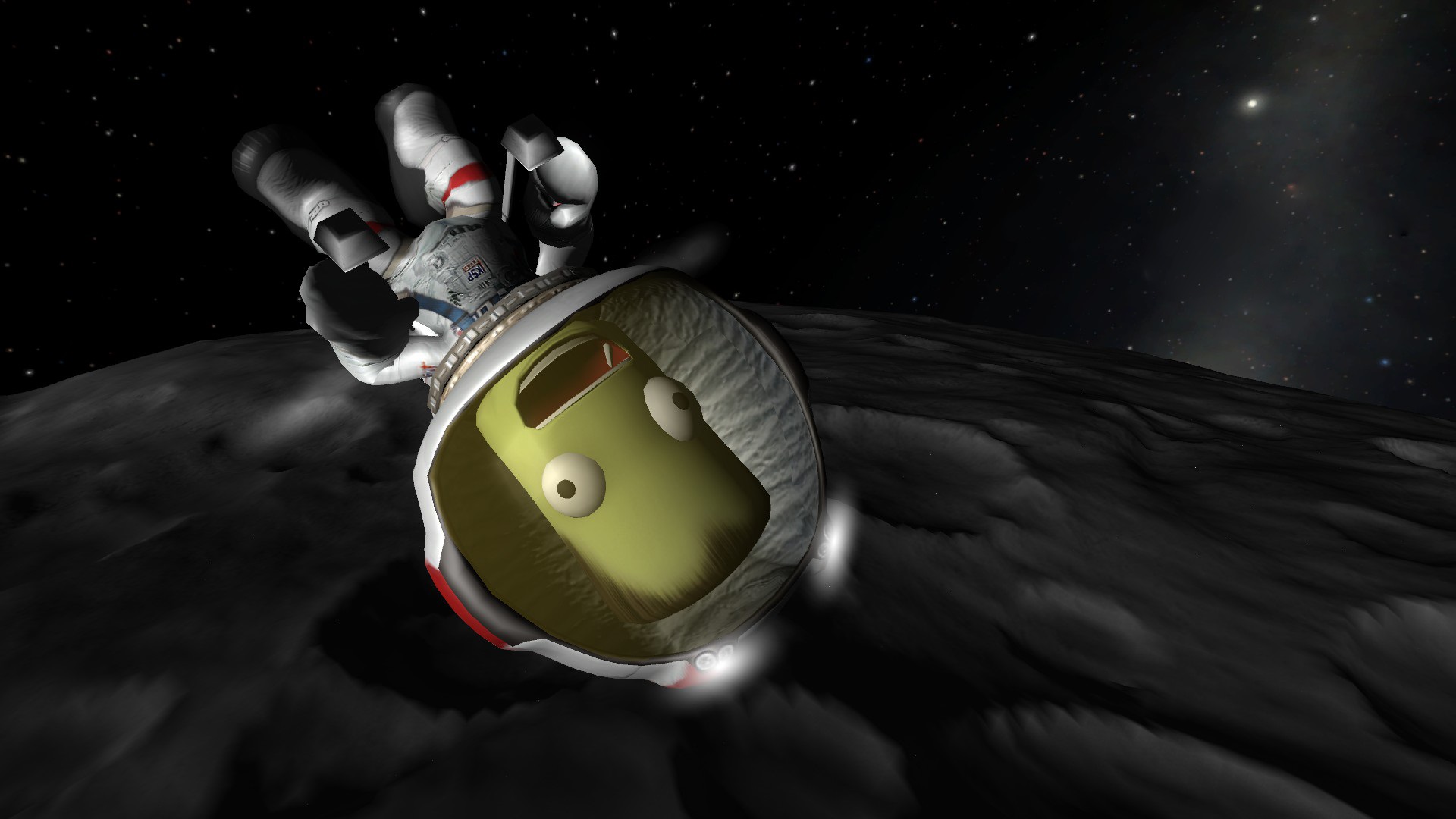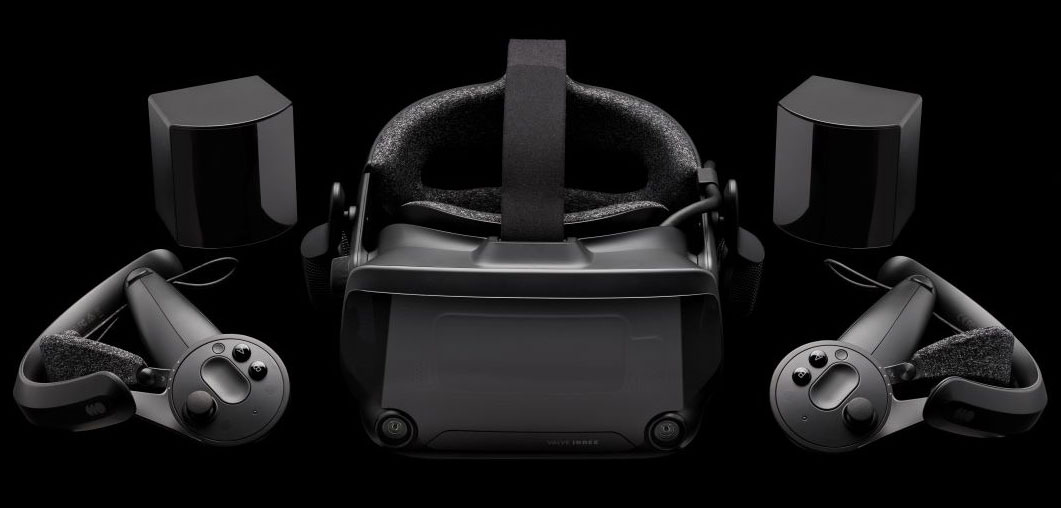NASA to relive most Kerbal Mun landings by throwing spaceship at rock
NASA says it's doing it for science and the protection of the human race, not just for fun.

NASA has a plan to stop potentially dangerous asteroids headed towards Earth, and it involves throwing spacecraft at them until they go away.
Crash spacecraft into big rock is an approach most Kerbal Space Program players will no doubt be familiar with, but the key difference here is NASA is doing it on purpose. The mission is called DART, meaning Double Asteroid Redirection Test (thanks, Live Science), and it's set to become the first demonstration of the kinetic impactor technique to change the motion of an asteroid.
For the purposes of the test flight, NASA is aiming at a far-away asteroid called Didymos, which isn't anywhere close to crashing into Earth. Though, the main body of Didymos isn't actually the space rock it hopes to knock off course. Didymos has a moonlet, or secondary orbiting body, which is roughly 160 metres in size and one kilometre away from Didymos.
NASA says this is the more likely size of an asteroid that could pose a significant threat to Earth than Didymos' 780 metre size, due to the greater number of smaller rocks flying around out there, and so will try and knock this smaller moonlet off course.
But only by a small amount—the DART spacecraft will knock the moonlet off its orbit around its main body "by a fraction of one percent."

Best VR headset: which kit should you choose?
Best graphics card: you need serious GPU power for VR
Best gaming laptop: don't get tied to your desktop in VR
NASA hopes that will be enough for telescopes on Earth to notice the change in orbital period of the moonlet.
And if it works, we might have some plan of action should an asteroid actually end up on a trajectory towards this pale blue dot we call home.
The biggest gaming news, reviews and hardware deals
Keep up to date with the most important stories and the best deals, as picked by the PC Gamer team.
The DART launch window is November 24, 2021, and sometime after that the spacecraft will be launched on a SpaceX Falcon 9 rocket from Vandenberg Air Force Base in California. After launch, it'll propel its way to the asteroid over the course of the year, finally smashing into smithereens on the surface of the asteroid around September 2022.
So, who wants to try and emulate the mission in Kerbal then? Or even better, taking an asteroid from space and flying it back down to Earth, just because you can.

Jacob earned his first byline writing for his own tech blog. From there, he graduated to professionally breaking things as hardware writer at PCGamesN, and would go on to run the team as hardware editor. He joined PC Gamer's top staff as senior hardware editor before becoming managing editor of the hardware team, and you'll now find him reporting on the latest developments in the technology and gaming industries and testing the newest PC components.

